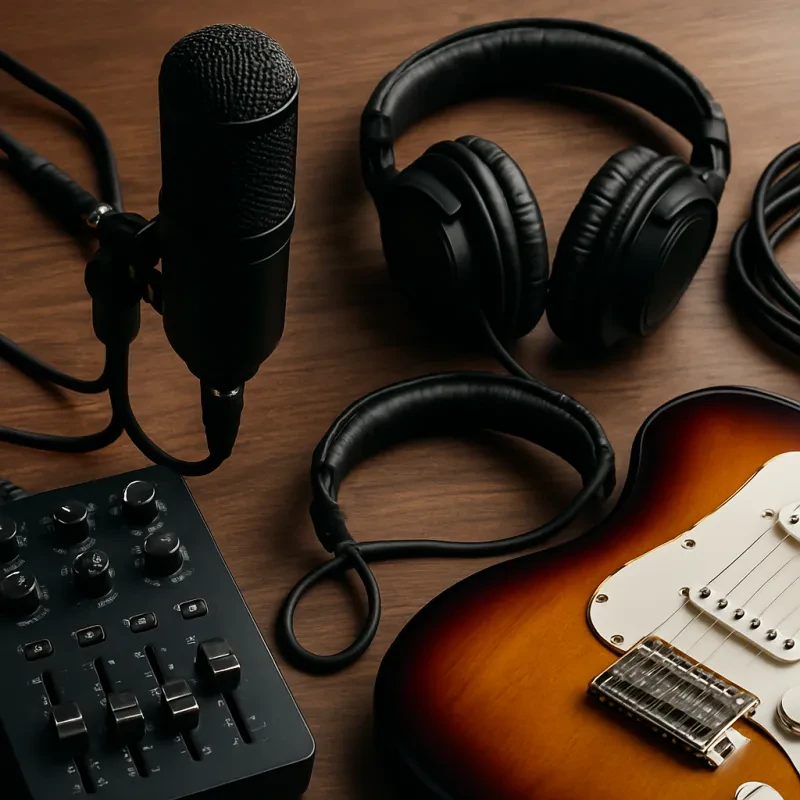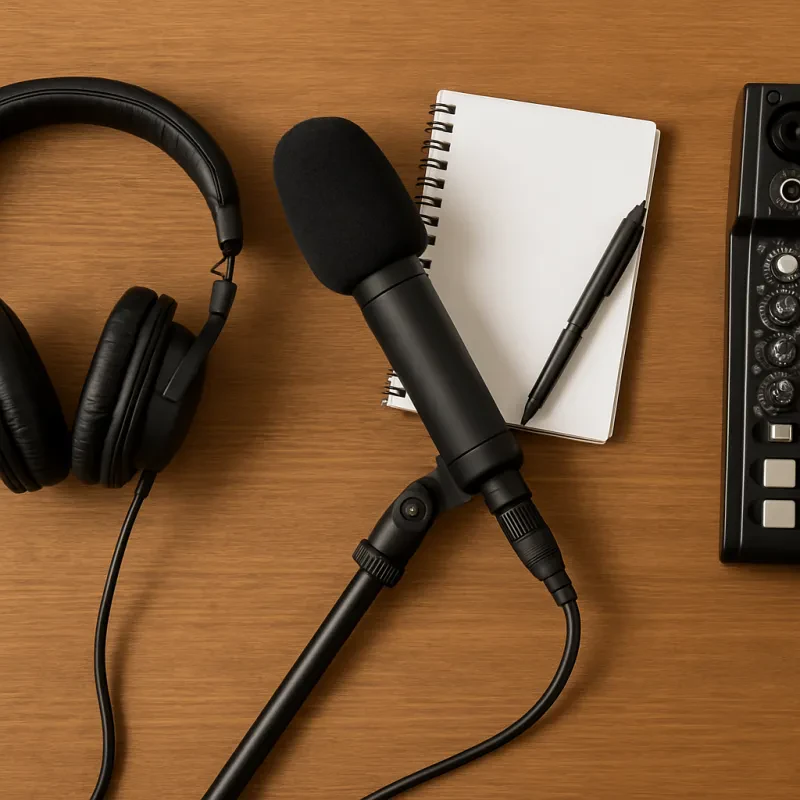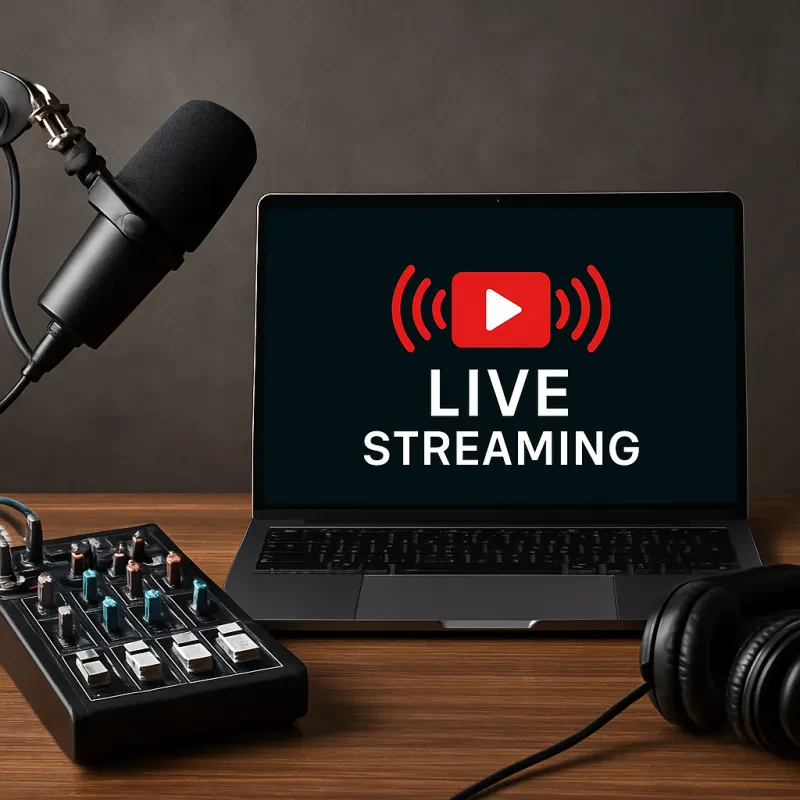When it comes to creating the best podcast setup for interviews remotely, choosing the right microphone is key. A good microphone can make a huge difference in sound quality, helping you capture clear and professional audio. But with so many options out there, how do you find the one that’s right for you?
First off, think about the type of interviews you’ll be doing. Are you chatting with guests over video calls, or are you recording them in person? If it’s remote, a USB microphone is often a great choice. They’re plug-and-play, which means you can easily connect them to your computer. Look for models that offer noise reduction or are cardioid (picking up sound mainly from the front), which helps block out background noise.
If you prefer a more portable option for in-person interviews, consider a lavalier or lapel microphone. These small mics clip onto your clothing, ensuring hands-free operation and are fantastic for capturing clear dialogue without picking up too much ambient sound. Just make sure you check the battery life and connectivity options before making your decision.
Another thing to keep in mind is your budget. You don’t need to break the bank to get quality sound. Plenty of budget-friendly microphones deliver impressive audio quality for remote interviews. Do a little research, read reviews, and find something that fits your needs without overspending.
Essential Headphones for Clear Sound Quality
When you're setting up the best podcast setup for interviews remotely, having the right headphones is crucial. It's not just about looking good on video calls – it's about hearing every detail. Good headphones can help you catch nuances in the conversation and make sure your audio is clear.
Look for headphones that are comfortable for long sessions. You might be on a call for an hour or more, so padded ear cups can really make a difference. Over-ear designs can also help block out distractions, letting you focus on your guest. Trust me, wearing something that feels good will keep you more engaged during the chat!
Sound quality is key. Consider headphones with good bass and a balanced frequency response. This helps you pick up on quieter sounds and gives you a clearer audio experience. Some brands even offer models that are specifically designed for podcasts and remote interviews, so keep an eye out for those!
Lastly, check for features like noise cancellation. This can be a real lifesaver, especially if you're in a noisy environment. You want your recordings to be as clear as possible, and a good pair of headphones will help you achieve that. Remember, your choice of headphones is just as important as your microphone or recording software in the best podcast setup for interviews remotely.
Best Software for Smooth Recording
When it comes to creating the best podcast setup for interviews remotely, having the right software is key. The software you choose can make a huge difference in the quality of your audio and how smoothly the recording process goes. Here are a few top-notch options that have been favorites among podcasters:
Each of these options brings something unique to the table, so it’s all about finding what works best for you. Think about your needs, whether it’s ease of use, sound quality, or extra features when you're setting up for the best podcast setup for interviews remotely. The right software can help you focus more on creating amazing content rather than worrying about the tech side!
Tips for a Professional Interview Setup
Getting ready for a podcast interview can be a big deal, and having the right setup can make all the difference. Here are some simple tips to ensure you have the best podcast setup for interviews remotely.
First things first, your microphone is key. Invest in a good quality USB or XLR microphone. This can dramatically improve the sound quality. Remember to test it out before the interview. Also, consider using a pop filter to reduce unwanted noise. A few minutes of setup can save you from frustrating edits later on!
Next, think about your background. Choose a quiet, well-lit space that’s free from distractions. If possible, pick a spot with some interesting but not overwhelming decor. This adds character without pulling focus from the conversation. Natural light is great, but make sure it’s not causing harsh shadows on your face.
Finally, make sure you're using reliable software for your recording. There are several options out there, but pick one that you're comfortable using. Test the software ahead of time and familiarize yourself with its features, like muting and screen sharing. That way, you can focus on the interview instead of troubleshooting mid-conversation!


